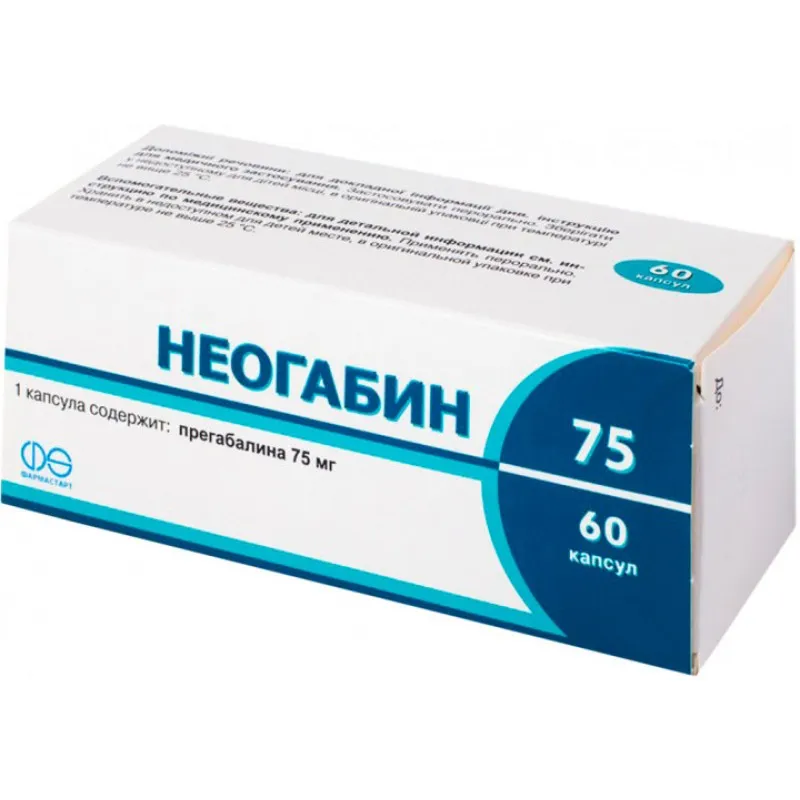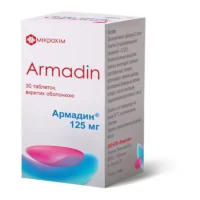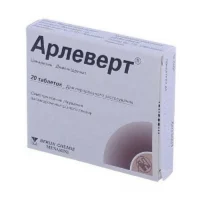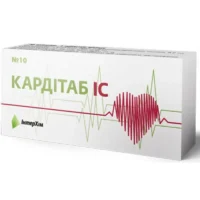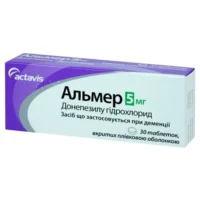Description
Neogabin 75 (Pregabalin) Capsules 75 mg. №60
Ingredients:
- Each capsule contains 75 mg of pregabalin.
Dosage:
- The recommended dosage is as prescribed by a healthcare professional.
Indications:
- Neogabin 75 is indicated for the management of neuropathic pain associated with diabetic peripheral neuropathy, postherpetic neuralgia, and fibromyalgia.
Contraindications:
- Do not use Neogabin 75 if you are allergic to pregabalin or any of the other ingredients in the capsules.
Directions:
- Take Neogabin 75 capsules orally with or without food as directed by your healthcare provider.
Scientific Evidence:
Pregabalin, the active ingredient in Neogabin 75, exerts its pharmacological effects by binding to the alpha2-delta subunit of voltage-gated calcium channels in the central nervous system. This binding reduces the release of neurotransmitters, such as glutamate, noradrenaline, and substance P, thereby modulating pain signaling pathways.
Several clinical trials have demonstrated the efficacy of pregabalin in the management of neuropathic pain conditions. A study by Rosenstock et al. (2004) showed significant pain relief in patients with diabetic neuropathy treated with pregabalin compared to placebo.
Additional Information:
- Neogabin 75 may cause dizziness, drowsiness, and weight gain. It is important to avoid alcohol while taking this medication as it can increase these side effects. Consult your doctor if you experience any unusual or severe side effects.
In conclusion, Neogabin 75 (pregabalin) capsules 75 mg. №60 offer an effective treatment option for neuropathic pain conditions. The pharmacological actions of pregabalin, supported by clinical evidence, make it a valuable choice for patients suffering from these debilitating conditions.

